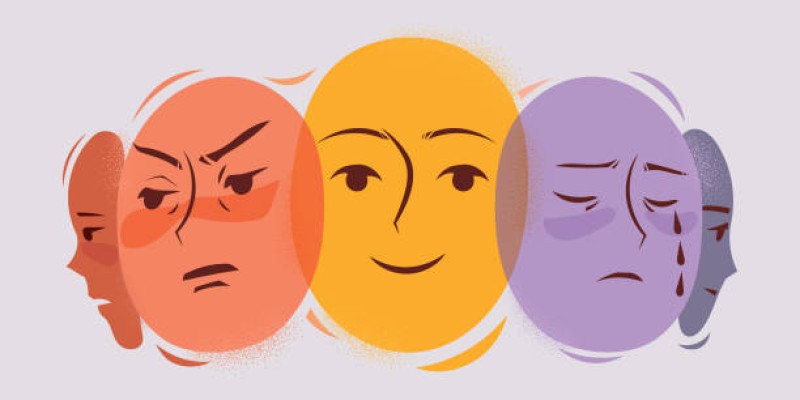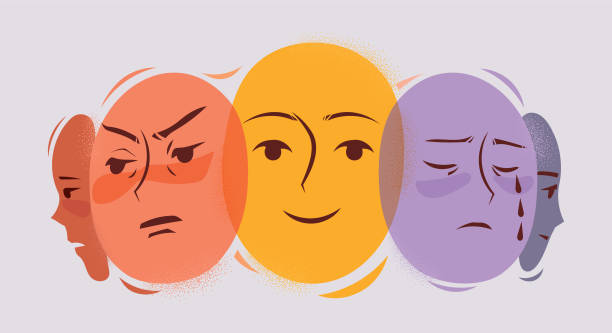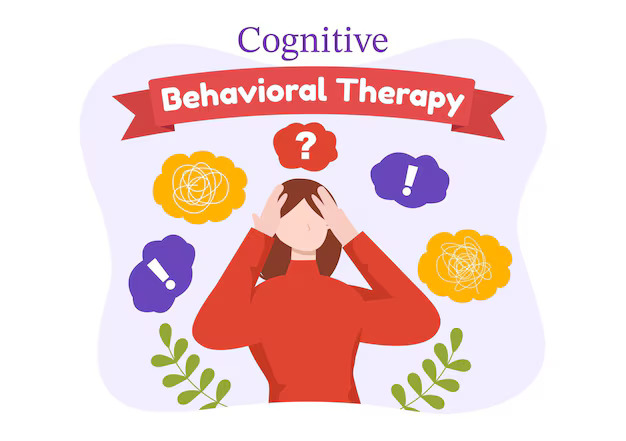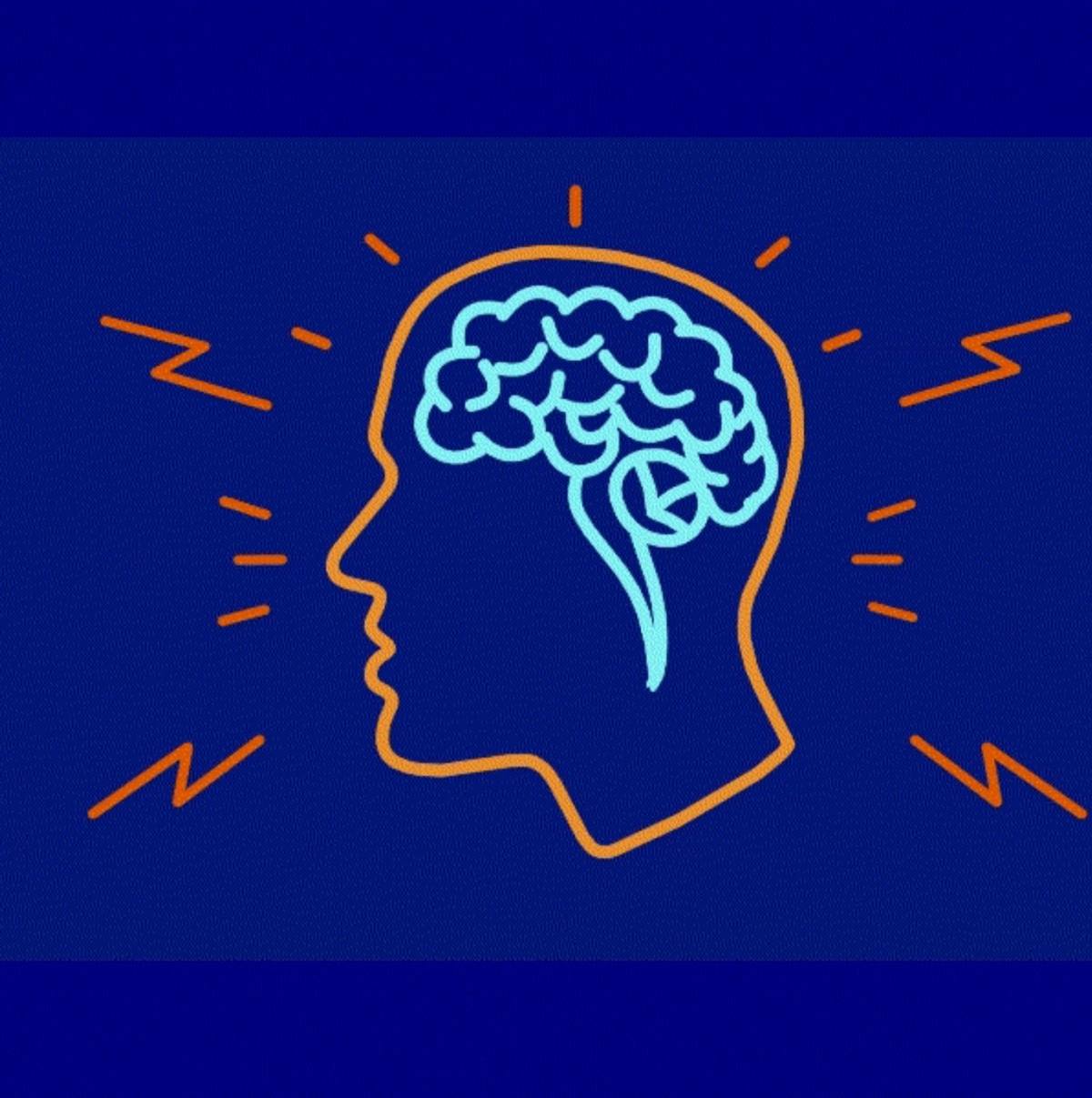In our last article we talked about the physiology of emotions but emotions are not just felt in our body. Think back to when you were a child, a giant wheel ride could evoke fear in you or excitement. Your body responded to the same situation or stimuli in the same manner I.e. feeling of butterflies in the stomach, heart rate going up yet you felt scared and your sibling felt excitement. So what happened in between? How did you arrive at the conclusion of fear or excitement? Enter cognitive appraisal theory, a fascinating framework that sheds light on how our minds evaluate events and generate emotional responses.
What is Cognitive Appraisal?
At its core, cognitive appraisal is the process through which individuals evaluate the personal significance of events and circumstances. Proposed by psychologist Richard Lazarus in the 1960s, this theory suggests that how we perceive and interpret situations greatly influences our emotional reactions. Rather than events themselves directly causing emotions, it’s our appraisal of those events that determines how we feel.
Types of Appraisal:
Cognitive appraisal involves two primary types of evaluations:
- Primary appraisal
- Secondary appraisal.
Primary Appraisal:
Involves assessing the relevance of an event to one’s well-being.
Determines whether the event is perceived as positive, negative, or irrelevant.
Secondary Appraisal:
Focuses on evaluating one’s ability to cope with the event and the potential outcomes.
For example, if you receive a promotion at work at the first level you will primarily appraise the situation by being happy, perceiving the positive changes and rewards it will bring. Then at the Secondary appraisal stage you will assess the pros and cons of the situation the added responsibilities and the impact on your work life balance.
The point I am trying to make here is that for each of our emotional reaction there is a added interpretation made by our cognitive processes and soon it becomes so automatic that it becomes a habitual pattern to react or respond in a certain manner when a situation comes up. This was a positive example.
Imagine the emotions you feel on a regular basis, what situations evoke anger, sadness, fear or joy within you? Can you think of events which are regularly eliciting angry reactions from you? You want to change your reaction or manage it better but are at a loss on how to do it, so how do we do it?
So when we look to change our emotional reactions, we need to become more self – aware at the physical level and then at the thinking or cognitive level to manage or regulate our emotions effectively. In terms of cognitive appraisal or labeling of emotions we can learn certain techniques to reappraise or reframe the situation to give it a positive interpretation.
Correcting cognitive appraisal involves challenging and modifying the way we interpret events and circumstances to promote more adaptive emotional responses. Here is a popular technique from Cognitive Behavior Therapy to help you cultivate healthier appraisal processes:
Cognitive restructuring
Cognitive restructuring is a therapeutic technique used to challenge and modify unhelpful or negative thought patterns. Let me illustrate how to apply this technique by the following examples:
Asha’s Exam Anxiety
Asha is a class 12 student who experiences severe anxiety before exams. She often catastrophizes about failing and imagines the worst-case scenarios, which makes it difficult for her to concentrate on studying.
Cognitive Restructuring Process:
Identifying Negative Thoughts: Asha begins by identifying her negative thoughts, such as “I’m going to fail this exam,” “I’ll never be able to understand this material,” and “If I fail, my future is ruined.”
Challenging Negative Thoughts: With the help of her therapist, Asha learns to challenge these thoughts by asking herself:
“What evidence supports the idea that I will fail?”
“Have I passed exams in the past despite feeling anxious?”
“Is it realistic to believe that one exam will determine my entire future?”
Replacing Negative Thoughts: Asha works on replacing her negative thoughts with more balanced and realistic alternatives, such as:
“I have studied hard and done well on previous exams.”
“Feeling anxious is normal, but it doesn’t mean I will fail.”
“Even if I don’t perform perfectly, I can learn from this experience and improve in the future.”
Outcome: By challenging and restructuring her negative thoughts, Asha feels more confident and less anxious leading up to exams. She is able to focus on studying effectively and performs better on her exams as a result.
Let’s have a look at another scenario
Ajay’s Social Anxiety
Ajay is a young professional who experiences social anxiety in networking events and social gatherings. He often feels self-conscious and worries about being judged or rejected by others.
Cognitive Restructuring Process:
Identifying Negative Thoughts: Ajay becomes aware of his negative thoughts in social situations, such as “Everyone is judging me,” “I’ll embarrass myself if I say something wrong,” and “No one wants to talk to me.”
Challenging Negative Thoughts: With the guidance of his therapist, Ajay learns to challenge these thoughts by asking himself:
Do I have any evidence that everyone is judging me, or is this just my perception?”
“Have I ever made a mistake in conversation and been rejected as a result?”
“Are there times when people have shown interest in talking to me?”
Replacing Negative Thoughts: Ajay works on replacing his negative thoughts with more realistic and positive alternatives, such as:
“It’s likely that people are focused on themselves rather than judging me.”
“Making mistakes is a normal part of conversation, and it doesn’t define my worth.”
I have valuable insights and experiences to share, and some people will appreciate talking to me.”
Outcome: Through cognitive restructuring, Ajay gradually feels less anxious in social situations. He becomes more comfortable initiating conversations and networking, leading to new connections and opportunities in his personal and professional life.
By incorporating this technique into your daily life, you can gradually shift your cognitive appraisal processes towards more balanced, adaptive interpretations of events, leading to greater emotional well-being and resilience.
Blog written by Dr Vinaya Prabha and Dr Himani Upadhyaya



 Millennial Parenting Trends: Challenges and Solutions
Millennial Parenting Trends: Challenges and Solutions  The Pleasure and Pain of Motherhood
The Pleasure and Pain of Motherhood  How the Mind Protects Itself: Understanding Defense Mechanisms
How the Mind Protects Itself: Understanding Defense Mechanisms  Finding Harmony: The Psychology of Work-Life Balance
Finding Harmony: The Psychology of Work-Life Balance  Cognitive Appraisal: Understanding How Your Mind Shapes Emotions
Cognitive Appraisal: Understanding How Your Mind Shapes Emotions  Understanding Cognitive Behavioral Therapy: A Guide
Understanding Cognitive Behavioral Therapy: A Guide  Embracing the tide of Emotions
Embracing the tide of Emotions  How Our Minds Play Tricks on Us
How Our Minds Play Tricks on Us  Handling Questions Effectively
Handling Questions Effectively  Professional Counsellors v/s Non-Professional Counsellors
Professional Counsellors v/s Non-Professional Counsellors 

